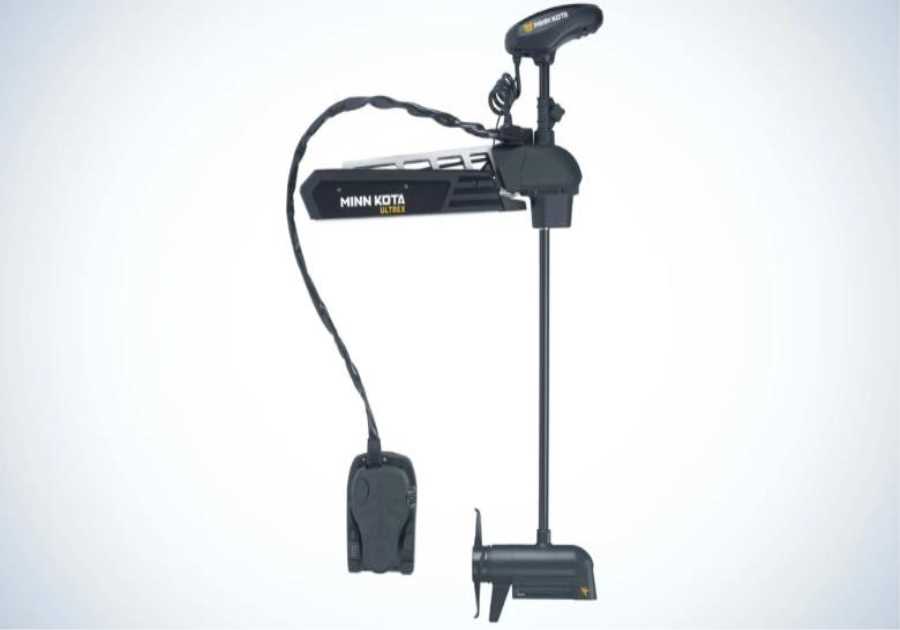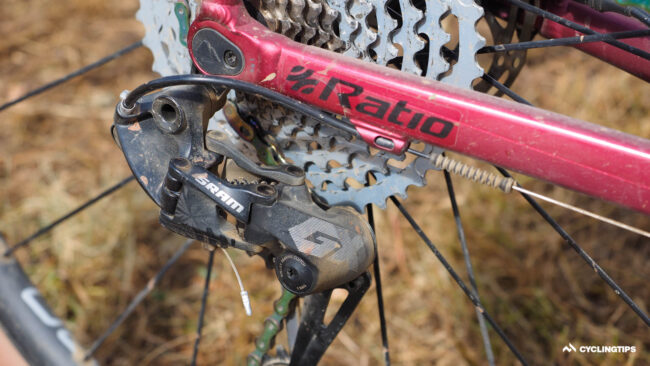
Ratio Technology 1x12 upgrade kit review: Lightweight 12-speed on a budget
They say necessity is the mother of invention, right? Well, I’m not sure anyone actually needs a wide-range, 12-speed mechanical drop-bar drivetrain, but since none of the major component brands seem particularly interested in that niche these days, UK upstart company Ratio Technology stepped in last year with a conversion kit for SRAM 10-speed and 11-speed Apex, Rival, Force, and Red DoubleTap levers to do just that. And now, after almost a year of use on my own bike, I’m happy to say that it works just about as well as I’d hoped.
Easy-as-pie installation
SRAM’s DoubleTap cable-actuated road shifters have always been very lightweight with a highly tactile feel, but one aspect of the design that the company never fully leveraged was its mechanical simplicity. Anyone that has attempted to fully overhaul a Shimano road shifter can attest that the mechanism is akin to a Swiss watch with all sorts of tiny gears and springs, but SRAM’s DoubleTap shifter is shockingly easy to service, which Ratio Technology has used to its advantage here.
Ratio Technology’s 12-speed conversion kit includes a 3D-printed stainless steel ratchet for the lever, a reinforced plastic fin for the requisite SRAM 11- or 12-speed mechanical 1x-specific rear derailleur, and a barrel adjuster to help dial things in once everything is assembled. Thanks to that DoubleTap lever design simplicity, installing that new ratchet in my donor SRAM Red 22 11-speed rear shifter took all of about five minutes one evening — it’s easier if the lever is completely off the bike, mind you — and seasoned mechanics should expect the entire process (shifter retrofit, rear derailleur retrofit, and installation, etc.) to take about an hour from start to finish, fine-tuning included.
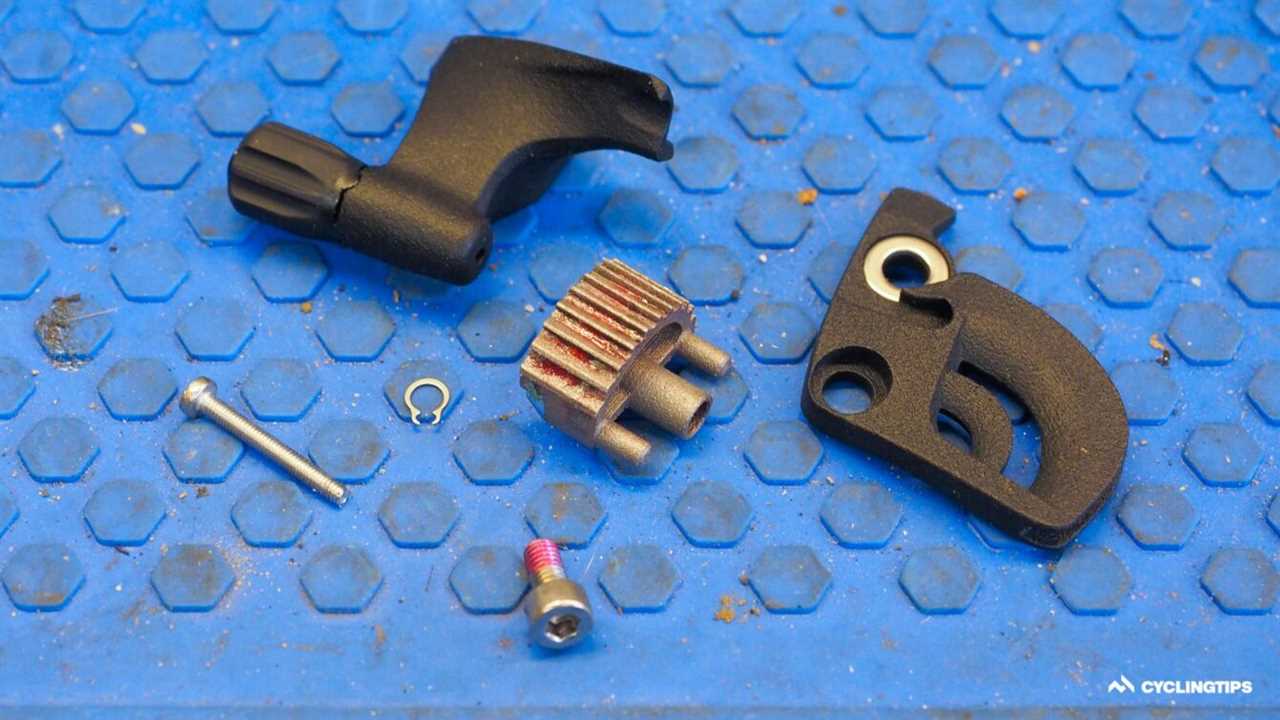
My particular test setup consisted of the aforementioned SRAM Red 22 disc-brake levers (the left lever will one day be hooked up to a dropper seatpost if I can ever find the time), a SRAM GX Eagle 12-speed mechanical mountain bike rear derailleur, and a SRAM Eagle 12-speed mountain bike chain. For the cassette, I swapped between a SRAM XG-1295 Eagle 10-50T model and Rotor’s slightly closer-ratio 11-46T unit. All of that was mounted to my personal Canyon Grail AL aluminum gravel bike with DT Swiss GR 1600 Spline 25 aluminum tubeless clincher wheels.
Electron-free, care-free — after some initial hiccups
Despite the high-end market’s apparent wholesale conversion to electronic shifting, there are still plenty of enthusiasts who prefer the more visceral and tactile experience of mechanical shifting (or at least just feel better heading into the wilderness on something that’s more field-serviceable). Of the big three component brands, SRAM’s design offered the most feedback with its higher spring rates and firmer clicks, and with this Ratio conversion kit, all of that still continues on, but with the benefit of an extra gear out back as compared to the original 1×11 or 2×11 configuration.
Simply put, Ratio’s retrofit kit just plain works. Shift quality is similar to a stock SRAM setup with reliable chain movement between the various sprockets, the same multiple downshift capability, and the same rapid-fire upshift action as always. Chainline hasn’t been an issue with either cassette, either, and the whole setup has been running quietly with almost zero maintenance required since installation.
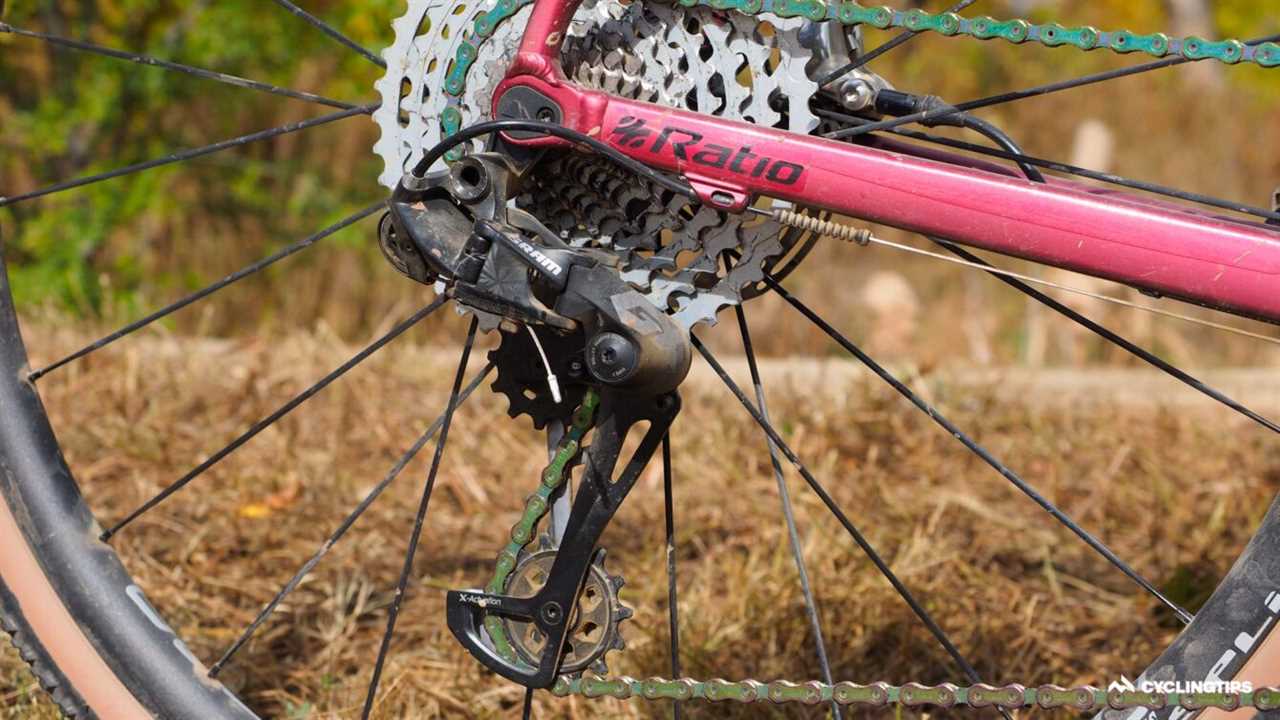
That said, it only worked this way after Ratio sent me a later revision of the ratchet. My initial ratchet provided excellent shifting across most of the SRAM Eagle cassette I started with, but not all of it. Switching to the updated part thankfully did the trick (and owners of first-generation Ratio kits who are experiencing similar issues might consider contacting the company).
“We did make a running update to the ratchet after the first batch,” Ratio Technology director Tom Simpson told me. “Your test ratchet belonged to that first production batch. It wasn’t down to any customer feedback, but we knew we could get a few tenths of a millimetre closer to the original SRAM shifting, so we took the opportunity to do it.”
Thankfully, installing that second ratchet was just as easy as the first time (even with the lever still attached to the bar), so it wasn’t a big deal, and it’s been trouble-free since.
12-speed quirks
Ratio’s kit doesn’t come without some downsides, but they’re pretty minor all things considered.
Although the initial installation and setup are very easy, the system is still extremely sensitive to changes in cable tension and the condition of your cable and housing in general. Modern 11-speed drivetrains are already pretty finicky, so you can imagine the level of precision required in cramming an extra click in the middle of all that. As such, it’s critically important to use high-quality cable and housing here — I’d personally recommend sealed housing ferrules, too — and minute changes in tension have more tangible effects on shift quality than usual.
Since neither the shifter nor derailleur (at least in the configuration I tested) has a barrel adjuster built into it, you’ll also need to include an inline adjuster somewhere in your setup. However, you’ll want to exercise care in using one that doesn’t tend to migrate over time.
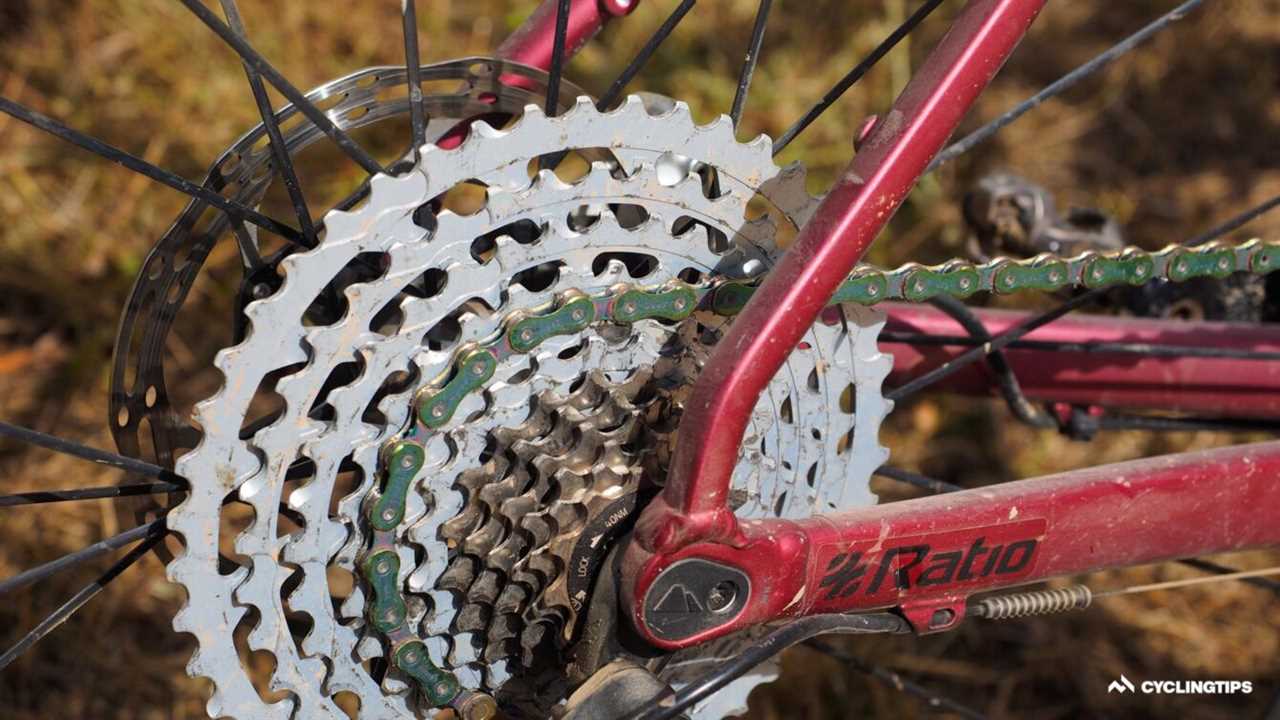
Ratio is pretty open about the nuances of different brands of 12-speed cassettes out there, too. While many brands will claim to use the same sprocket-to-sprocket spacing as SRAM, tiny differences still exist. For example, the first cable ratchet I tested shifted perfectly with the Rotor cassette, but not the SRAM one. Conversely, the updated ratchet shifted perfectly with the SRAM cassette, but then wasn’t quite as spot-on with the Rotor cassette as the first-generation ratchet.
Ratio has been evaluating various cassette combinations on its end — and seems to be regularly adding more — so I’d advise consulting with them before finalizing your build sheet if you’re considering going this route.
It’s also worth mentioning that while any Ratio-converted 12-speed mechanical setup (the company now has several different versions, FYI) is more economical than a new electronic one, the financial argument isn’t as strong unless you already have most of the necessary bits on hand. In other words, if you have some 11-speed SRAM road shifters and a compatible rear derailleur laying about that aren’t otherwise being used, it’s not a massive hit to your wallet to add a cassette, chain, chainring, and Ratio’s retrofit kit. But if you have to buy all, or even most, of that stuff — even potentially secondhand given the outrageous prices on the used market right now — it’s a bit more to swallow.
That said, even if you’re starting from scratch and scrounging the secondhand market, you’re still almost guaranteed to spend less than a new Campagnolo Ekar 1×13 mechanical groupset or SRAM’s entry-level Rival AXS wireless electronic groupset.
More of this, please
I’ll admit that a wide-range 1×12 transmission wouldn’t be my first choice for a fast group road ride where it’s important to maintain a narrow cadence range, and as much as I’m a fan of cable-actuated transmissions, I’d be lying if I said that electronic ones didn’t work better. However, on solo rides with my gravel bike, the ability to run a cable-actuated 1×12 setup that doesn’t require any power and is more easily diagnosed and repaired out in the field has provided some piece of mind when I’m out in the middle of nowhere, so I’m quite happy that this Ratio kit exists, even if it is a very niche product.

A big part of me still has a soft spot for the days when high-end bike parts not only worked well, but were also very light and easy (not to mention inexpensive) to fix. I know there are plenty of others who feel the same, so while it’s clear SRAM and Shimano have chosen to leave that period behind, I’m quite thrilled to see a company like Ratio arrive to fill in the gaps, however small they might be.
Looking forward, Ratio apparently has plans to continue on this retrofit-based business model, and it sounds like a SRAM-based 2×12 kit for the road (using the latest AXS 12-speed chain and cassette) is in the works. Count me in on that one for sure.
So no, the Ratio Technology 12-speed retrofit kit isn’t perfect — is anything? — but it satisfies the needs of the passionate few, it does what it claims to do, and it’s reasonably priced. These days, that’s about as much as you can ask for.
More information can be found at www.ratiotechnology.com.
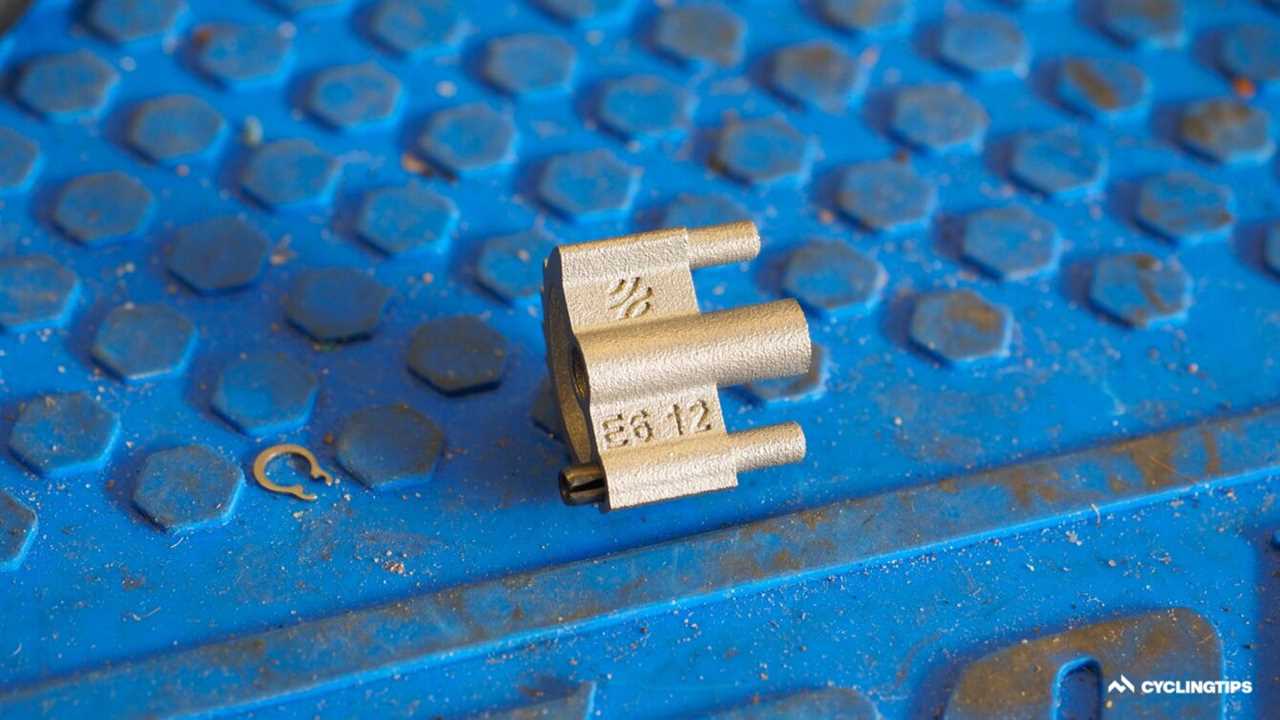
3D printing doesn’t lend itself to mass production, but that’s not a concern given Ratio Technology’s apparently modest sales targets. More important is how additive manufacturing allows for easy revisions and changes as needed. 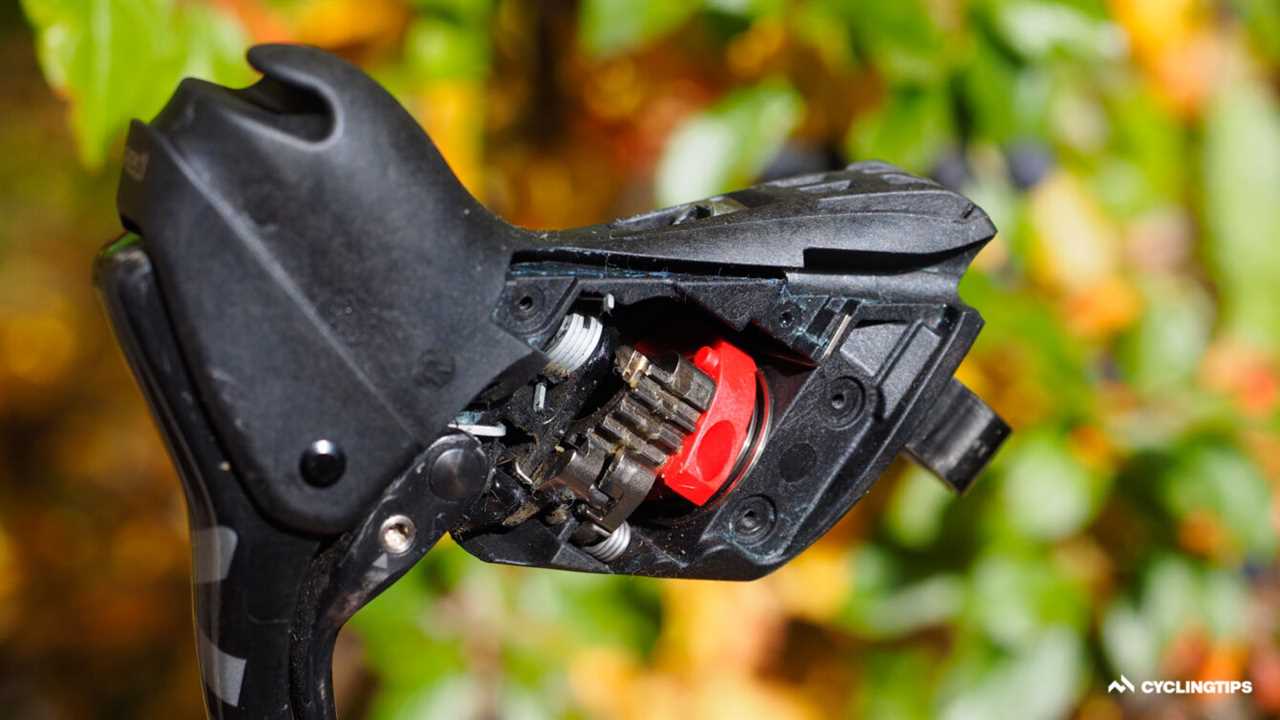
SRAM’s DoubleTap shifter mechanism is very simple and easy to work on (lever body cover removed for illustrative purposes). 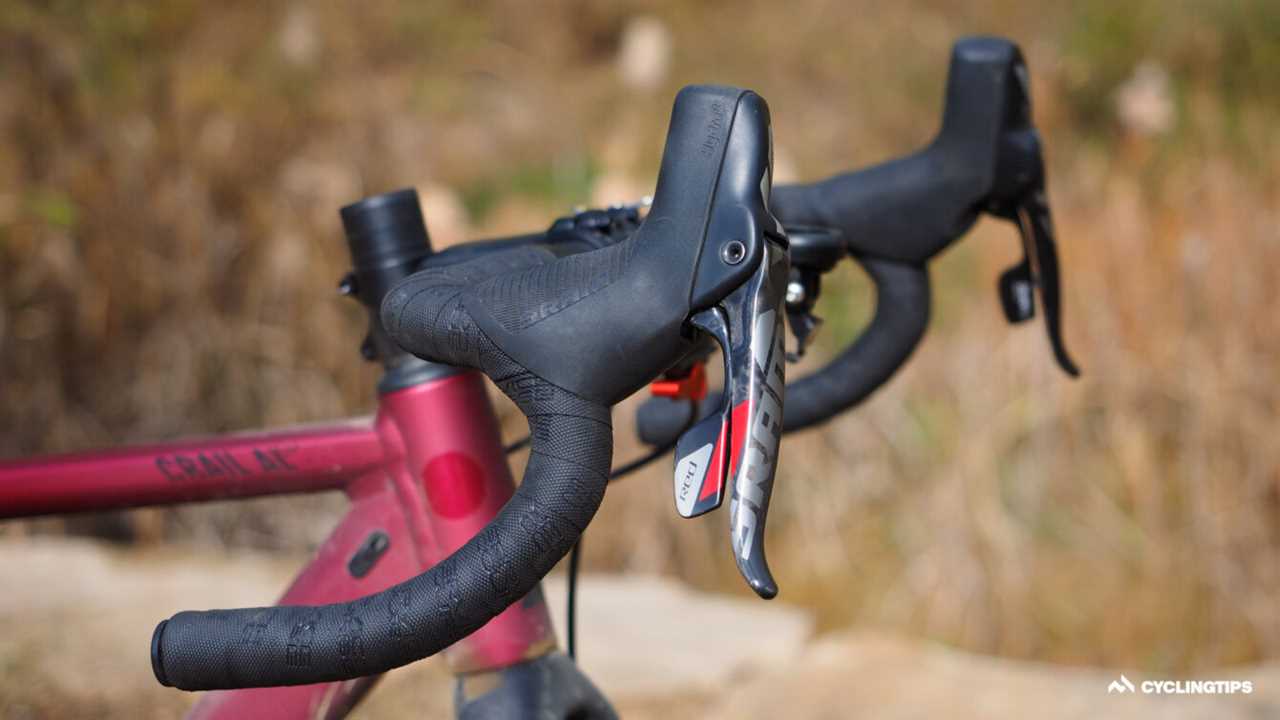
SRAM’s Red 22 rim-brake and disc-brake groupsets haven’t received updates in ages, but they still have a cult following given their low weights and tactile shifter operation. While SRAM has given no indication that any of its mechanical groupsets will be upgraded to 12-speed, Ratio Technology’s retrofit kit has brought these up to date at minimal cost. 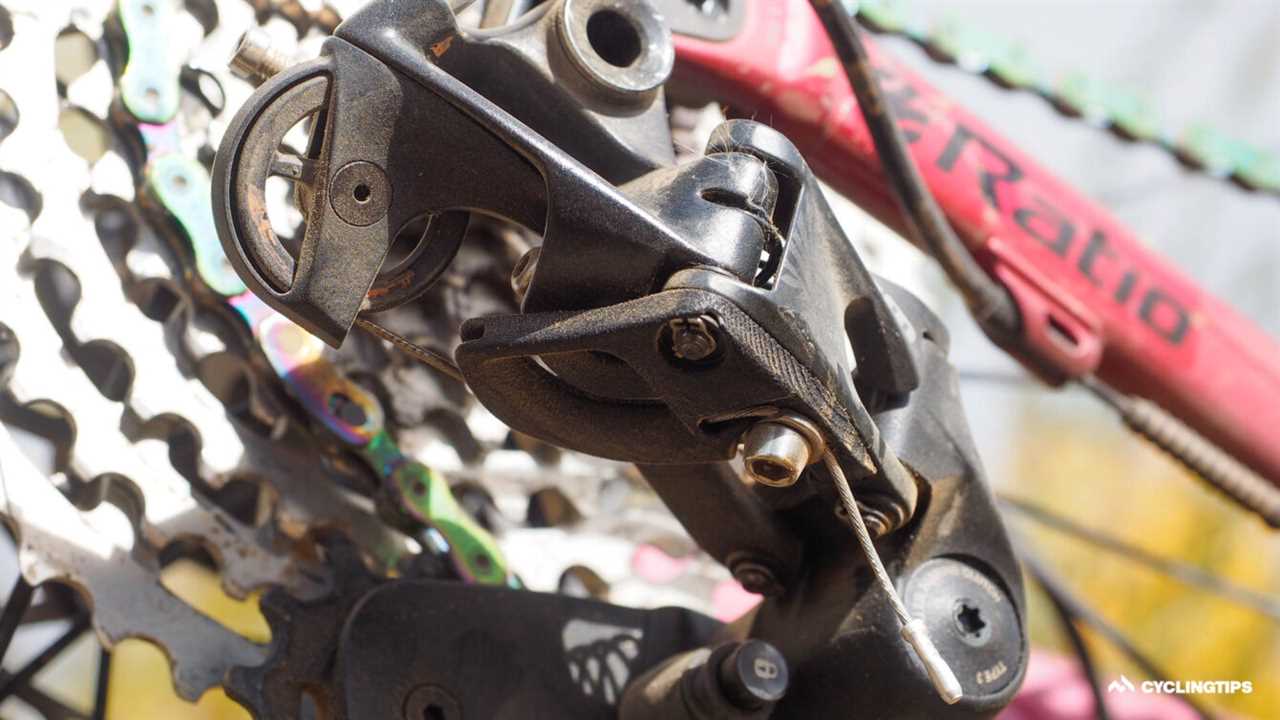
The second major piece of the retrofit kit is the rear derailleur cable fin, with modified geometry to ensure proper indexing. 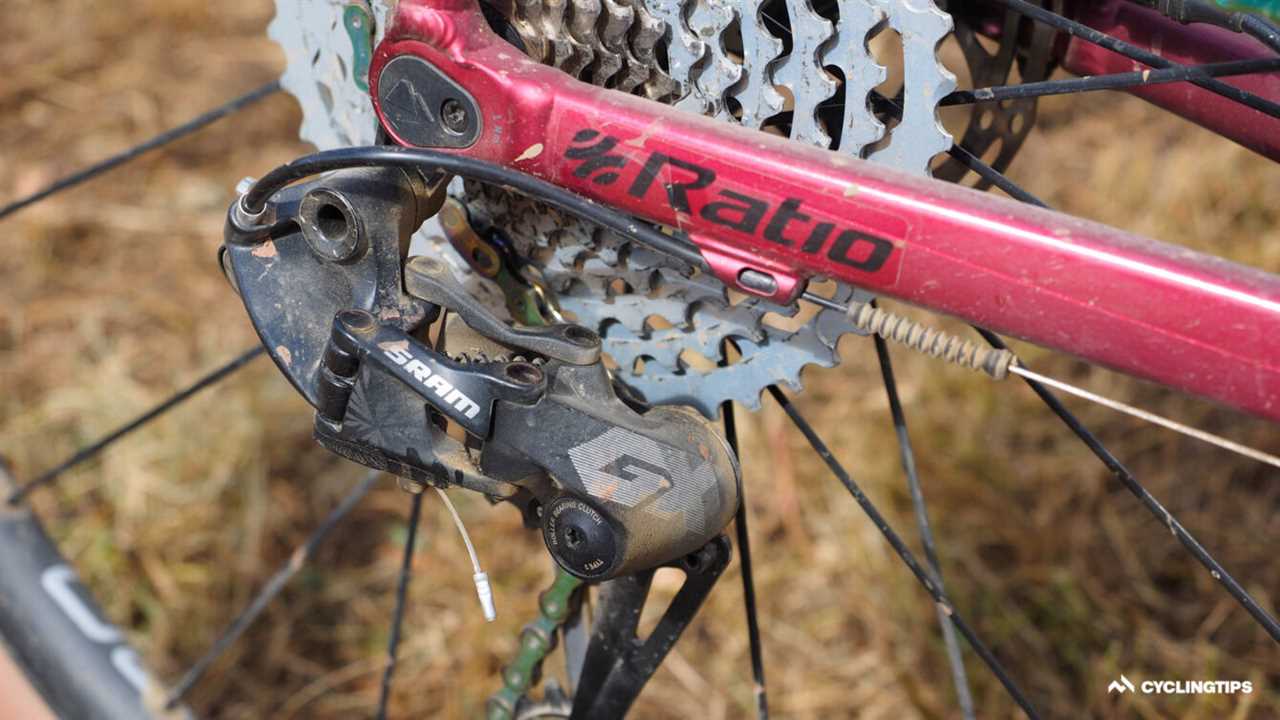
The Ratio kit is very economical if you already have most of the bits on hand already, but even if you don’t, it doesn’t have to cost a ton if you’re smart with your component choices.
-------------------------------------
By: James Huang
Title: Ratio Technology 1×12 upgrade kit review: Lightweight 12-speed on a budget
Sourced From: feedproxy.google.com/~r/cyclingtipsblog/TJog/~3/lBcIBu6KTSY/
Published Date: Tue, 19 Oct 2021 19:54:45 +0000
Did you miss our previous article...
https://playeverysport.com/recreational-sports/cyclingtips-podcast-tour-routes-and-an-american-crit-fiasco
.png)

